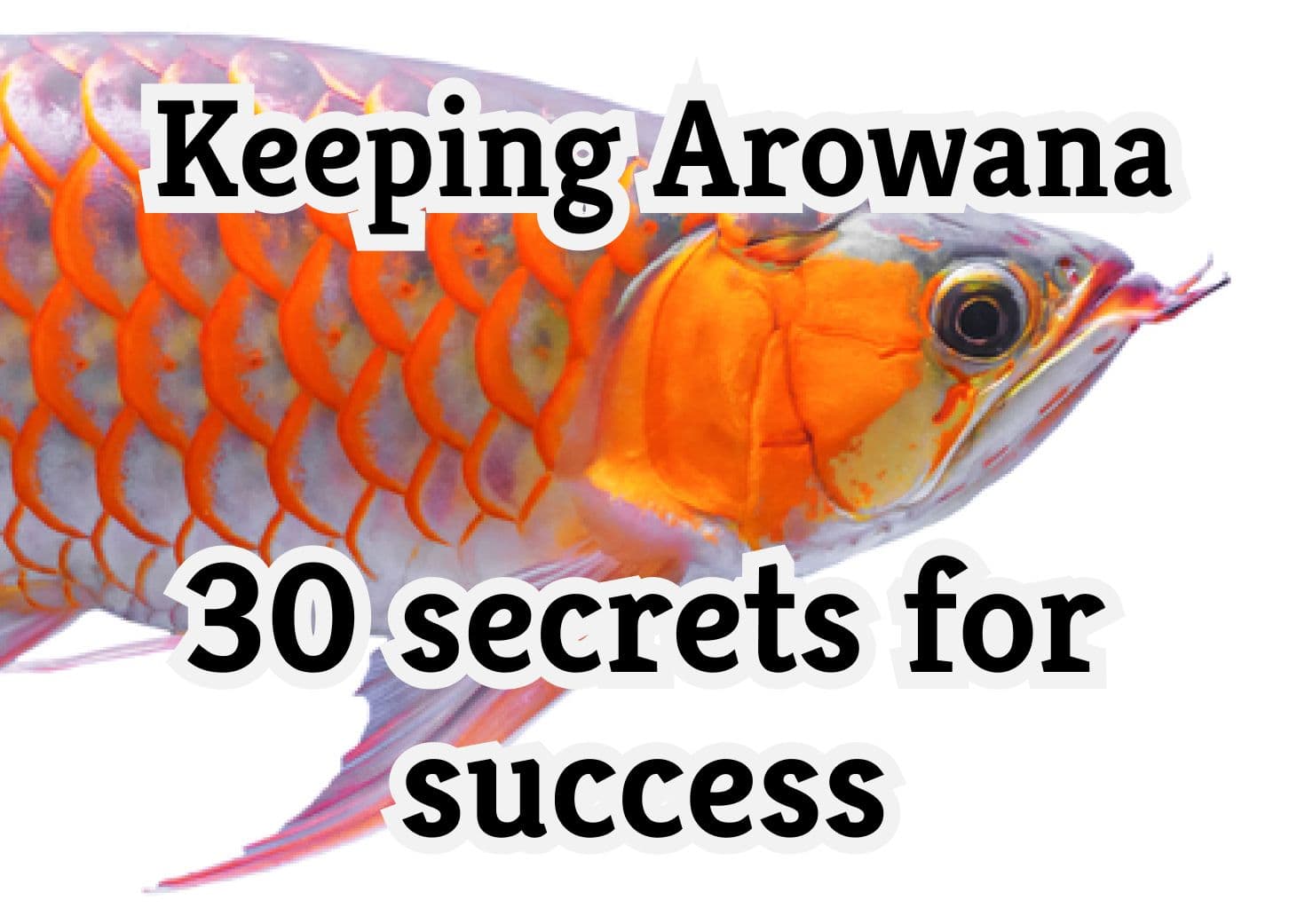30 Essential Tips for Successfully Keeping Arowana Fish

Thinking about bringing home an Arowana? You're in for a wild ride — in the best way. These fish are stunning, powerful, and full of personality. But they’re not beginner-friendly. If you've never had one before, there are a few things you really need to know to keep them healthy and happy.
Let me walk you through what I’ve learned about Arowanas — from picking the right type to setting up their space, and what to watch out for when choosing a healthy one.
First, Know Your Arowana
Not all Arowanas are the same. Some are more aggressive, some need more space, and some are just... more dramatic. Here are a few popular types:
- Silver Arowana (South America): Gentle giants, up to 3.5 feet long. Great if you want one that’s a bit calmer.
- Black Arowana: Similar to the Silver but grows slower and looks darker.
- Australian Arowana: Feisty and not a fan of roommates. Can handle slightly cooler water.
- Asian Arowanas (Green, Red Tail Golden, Golden “Crossback”, Banjar): These are the real showstoppers in terms of color, but they’re also more territorial and pricey.
Do your homework before choosing — their behavior and care needs can vary a lot.
Tank Setup: Go Big or Don’t Go Arowana
I can’t stress this enough — these fish need space. And I mean a lot of it. A full-grown Arowana can be longer than your arm, and they’re strong swimmers.
- Tank size: Absolute minimum is 220 gallons for a Silver Arowana. Asian or Australian types can get by with 120 gallons — but bigger is always better.
- Tank glass: Should be thick and reinforced. Arowanas are strong enough to crack thin glass.
- Lid: A must. These guys are jumpers. Think of them like fishy gymnasts — they can leap right out of the tank.
- Decor: Skip it. Arowanas need open space to swim. They don’t care about your fancy decorations.
- Lighting: Use good lighting to bring out their colors. Some keepers even use tanning lights to enhance their fish’s glow.
- Water quality: Keep ammonia and nitrites at 0 ppm. Nitrates below 40 ppm. Ideal temp is around 86°F (30°C), with a pH of 6.0–7.0.
- Filtration: Go heavy-duty. These are big, messy fish. Canister, sump, or trickle filters work great.
Feeding Arowanas: Think Like a Predator
Arowanas are carnivores. They don’t want flakes or your average fish pellets (though a few might accept high-protein pellets after training).
- Young Arowanas: Feed twice a day.
- Adults: Once a day is enough.
- Diet: Live foods like crickets, worms, feeder fish, and insects. Frozen shrimp and shellfish are okay too once they’re older. Just focus on high protein.
Not all Arowanas will eat the same things, so you might need to experiment a bit. Just avoid overfeeding — they’ll get picky or bloated.
Temperament: Not a Team Player
Most Arowanas (except Silver and Black) are territorial and don’t play well with others — especially their own kind. If you’re thinking of keeping multiples, you’ll need a massive tank and a lot of luck. I’d recommend starting with one.
Choosing a Healthy Arowana
When picking one out, don’t just go for the prettiest fish in the tank. Look closely:
- Eyes: Clear, not cloudy or bulging.
- Scales: Shiny and even. No missing or damaged ones.
- Fins: Should be intact and spread out, not clamped or torn.
- Mouth and barbels: Should close properly with no swelling or pus. Barbels should be even and point straight forward.
- Gills: Bright red and breathing should be steady, not labored.
- Energy: The fish should be alert and active, not sluggish.
Also, ask questions. How long has the fish been at the shop? Where did it come from? High-end Arowanas (especially Asian varieties) should come with a microchip and certification from an authorized breeder.
Final Thoughts
Arowanas are not your average pet fish. They’re long-lived (15–20 years), demanding, and expensive — but if you’re ready for the responsibility, they’re beyond worth it. Watching one glide through a big, well-lit tank is just mesmerizing. But don’t rush into it. Prep your tank, do your research, and take your time finding the right fish.
Got questions or experiences with Arowanas? Drop them in the comments. I’d love to hear how your journey’s going.
